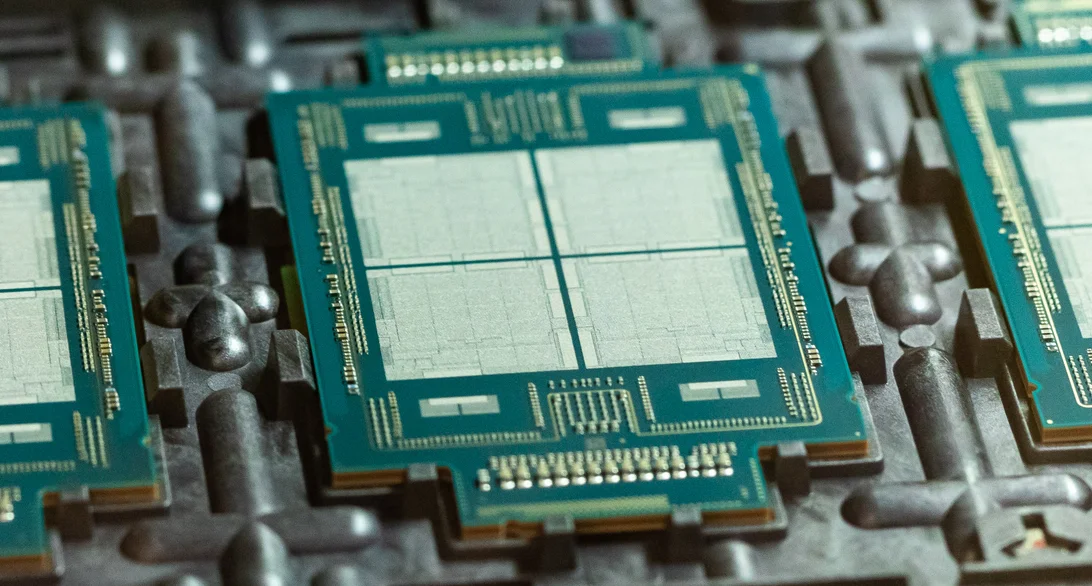The latest 64C Epyc (the 7H12) has a max turbo boost of 3.3Ghz. That is however the single thread boost. Not the all-core boost. The other information we have is its base clock which is 2.6Ghz. This is its all-core “boost” under a really heavy all-core AVX2 workload. The TDP of 280W is rated at 2.6GHz under such a heavy workload. Under a lighter SSE all-core workload, it can probably boost a bit higher than base, though definitely below 3.3Ghz and likely 2.8GHz max. This Sapphire Rapids CPU on the other hand has a base clock of 3.3Ghz. The TDP for Intel cpus is defined at base frequency under an extremely intense Intel-defined workload which even though not an AVX-512 workload is much heavier than any AVX2 workload in terms of power consumption. So if we assume that under the same workload the AMD cpu would have to default to its base clock at 280W, then we are talking about AMD 64C@2.6GHz@280W Vs Intel 56C@3.3Ghz@420W.
A far more useful metric than the watts/core is performance per core. Or, if you prefer, watts/core for the same performance per core. With 27% higher frequency we can theoretically have 27% higher performance if IPC were equal. Then comes IPC which is a per workload metric. In workloads like Cinebench R23, Golden Cove cores have a 17-17.5% better IPC than Zen 3 cores. So in that workload we have a total of 48.6% (=1.27x1.17) higher performance per core in that workload. Factoring this we have 5W/core for the same performance, not 7.5. So not so far off from the 4.38W/core of Epyc. Then there are other things to consider like the fact that this is a an engineering sample so final silicon will be better. It might well get to 4-4.5W/core for the same performance. Zen 4 Epyc will be launching next year. By that point (or within 3-4 months) Intel will be launching SPR's replacement. SPR's delayed launch won't affect (or at least not much) the timeline of its replacement.


